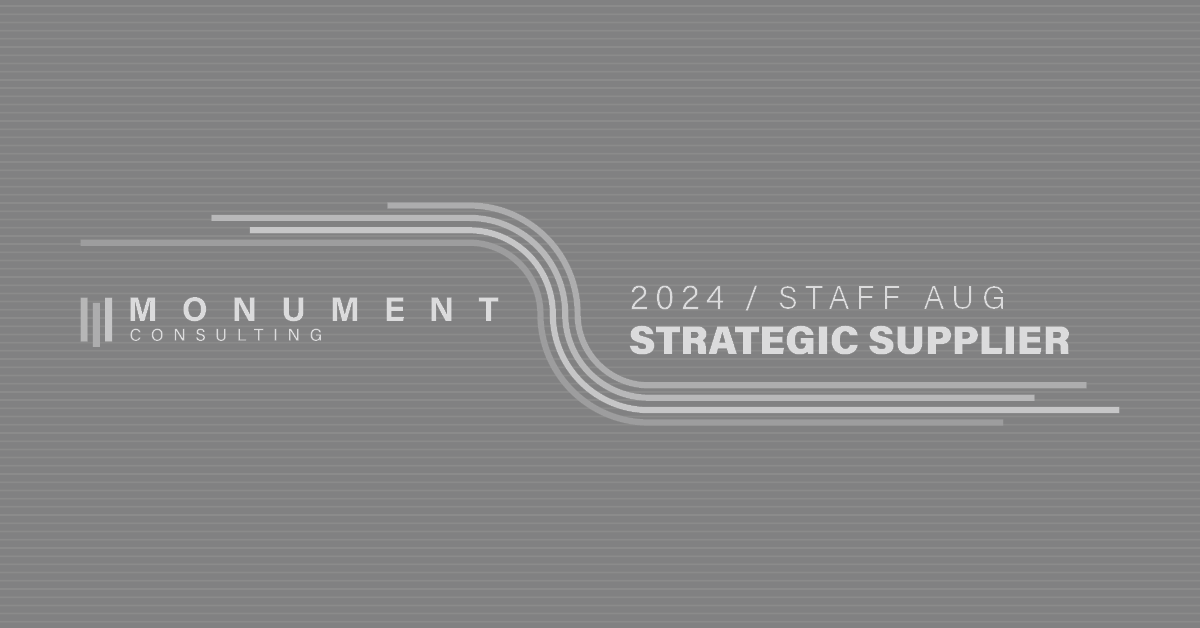Wait, what? You just closed your Series A round for $13M (the average dollar amount raised in a 2019 Series A round)? That’s fantastic! Congratulations! And with all due respect, such a fundraising achievement is well worth celebrating, because it IS a big deal. So, after the press release hits the newswires and social media, enjoy the moment and take your company out for dinner and drinks.
BUT, later that night or at breakfast the next morning, gather your fellow founders or executive team, take out the bottle labeled “Reality Pills” and urge each to gulp down at least one. Why should founders and executives do such a thing?
Well, for starters, it’s always prudent to temper success with humility. And as you present yourself and your company to potential candidates (e.g., your developers, product managers, and engineers), be honest. More specifically, recognize that your newly funded startup immediately will be jockeying to recruit talent amongst hundreds of other, just as well funded, “hot” companies whose ideas will “change the world.” Not to mention the sexy household brand names like Google, Facebook, eBay, Amazon, Microsoft and other companies (disclaimer, many of these companies are Ursus clients), including the 142 newly minted “Unicorns” of 2019, that already have changed the world. You are competing with all of them too! By all means, try to hire the best of the best, swing for the fences, aim high, shoot the moon (choose your most motivational active metaphor) when you recruit. But know that your company is one among many choices for candidates in what today is, like it or not, a shallow talent pool with plenty of options.
So, in order to ensure that your company secures the human resource capacity to execute on the operating plan that convinced your venture partners to fund you (and funded your celebration), the company’s founders and executives must be prepared to compete, negotiate, acquiesce when necessary, and—most importantly–make swift and definitive decisions about which and how many people to hire.
As the Founder and CEO of Ursus, which as a staffing and services company has placed thousands of contractors and full-time employees in Silicon Valley and across the United States, my advice, for what it’s worth, is this:
- Define and know through a well-crafted job description what type of employee (or contractor) your company ideally would want to hire, even if it is the elusive “purple squirrel;” but also identify those types of people whom the company needs to hire, now, to continue to execute your operating plan.
- Consider hiring contractors, not employees.
- Too often, startups with fresh new funding believe they should only hire full-time employees (FTEs). A contractor or contract-to-hire option is a low-risk, relatively less expensive (low to no overhead burden) way for a company and candidate to determine if a long-term relationship is in everyone’s best interests. If a company cannot answer the question of why it should shoulder the risk and expense to hire FTEs who may or may not “match” long-term, when it could “try before it buys” with less permanent hiring, then the latter option poses fewer and less expensive risks.
- “We can’t find talent” is not an excuse that any executive wants to present to a Board of Directors.
- If a company’s operating plan shows headcount growth, then it must be able to present a viable plan to fill those roles – inside recruiters, personal network, your venture partners, or a professional firm like Ursus are all options.
- Don’t settle, but right size or break job functions into pieces.
- Too often, startups or early stage companies try to squeeze three jobs into one role, usually in an attempt to reduce costs. Executives and managers should not do this unless they enjoy explaining high and increasing employee churn numbers to the company’s venture partners or Board of Directors.
- Trust the market data.
- Staffing companies see the same job openings over and over again and know what the market cost for talent is. If you don’t believe your staffing partners, purchase market research or ask your venture investors to share data with you. You may not like the price of talent, but if you want to compete (with both the “hot” new and the already-have-changed-the-world companies), your company must budget for the best attainable talent.
- Be prepared to act, sell and negotiate.
- Time kills all deals. Be decisive about hiring the right candidate. Don’t hesitate or even worse, don’t get cute and prolong the process by adding additional steps or thinking you need to compare a start candidate with two or three others, as if you’re buying a commodity. If as part of your corporate culture, and as a hiring decision-maker, your company and you aren’t decisive, you will lose the candidate, and lose/waste time repeating the process. Remember, as an executive or manager, you are trying to run your business while you build it. You don’t have time to waste.
- Let go a little and don’t hold on so tight.
- Every new employee is important to your company’s future but agonizing over each and every hire is counterproductive. That said, hiring the wrong person, especially as an FTE, could be riskier than hiring a contractor or not hiring at all.
After more than 20 years as an executive in Silicon Valley, and having lived through five successful liquidity events, the company I founded (Ursus) is my “baby.” And even though my
1 From: http://hoopthoughts.blogspot.com/2015/06/bo-schembechler-on-why-its-important-to.html
“Yesterday I posted a blog on an amazing article written by Jen Sinkler on rugby coach Jack Clark. You can read the post here. Still, I’m going to repeat a small portion of that blog dealing with Clark talking to Sinkler about something he learned from Bo Schembechler. For all of us that recruit, it’s a great reminder of the importance of not just recruiting the best players but recruiting the right players — and there’s a big difference:













